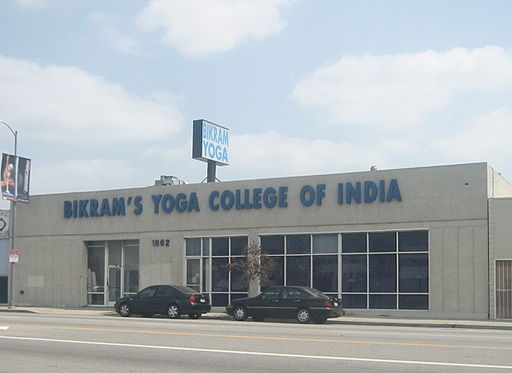Bikram Yoga Copyright Redux, Part 3
The Bikram yoga copyright controversy is finally coming to a head with oral arguments scheduled in less than two weeks before the 9th Circuit. In the lead up to the orals, I will be breaking down the briefs of both parties to hone in on the arguments. Part 3 of my series discusses Bikram’s opening appellate brief arguments.
In Bikram’s opening brief he takes issue with a number of the district court’s rulings, some related to the copyrightability of his asana sequence, and others related to the standard of deference courts should give to interpretations of law made by government agencies.
A substantial portion of the brief argues that the district court erred as a matter of law by ruling the yoga sequence is not copyrightable subject matter because it does not fall within one of the categories of protectable works listed in 17 U.S.C. §102(a). Related to this argument is the appellant’s specious assertion that 17 U.S.C. §103 actually creates an entirely separate category of copyrightable works, and that the court erred by ruling a compilation under §103 must qualify as one or more categories of creative works expressly set out in §102(a) (which begs the question, then why didn’t Congress put compilations in §102(a)?).
The appellant also continues carrying the torch for recognition of the sequence as a choreographic work, which I commented in my post Bikram Redux Part 2 was the equivalent of a legal Hail Mary. However, the case law on this issue, particularly at the appellate level, is somewhat thin, so it will be interesting to see how the court decides.
If the court rules that the sequence is indeed a choreographic work, will the appellant/plaintiff need to then run out and file a new copyright registration for the sequence as a performing arts work and start an entirely new infringement lawsuit? This might be necessary because currently Bikram has asserted his only registered copyrights against Evolation, which cover his books and his teaching “Dialogue” and are both “TX” literary work filings. Bikram’s only attempt at registering the sequence as a performing arts work was rejected back in 2002.
The appellant might gain some traction with his argument that the Copyright Office’s “Statement of Policy” related to the copyrightability of sequences of exercises should not have been given the level of deference it received from the district court. The appellant argues that the Statement of Policy is entitled to neither Chevron nor Skidmore deference for administrative opinions.
Regarding Chevron, the appellant argues that under United States v. Mead Corp., 533 U.S. 218 (2001), an “administrative implementation of a particular statutory provision qualifies for Chevron deference” only when Congress “delegated authority to the agency generally to make rules carrying the force of law” and the relevant agency interpretation “was promulgated in the exercise of that authority.” In this instance, the appellant claims that Congress has not delegated such authority regarding the Copyright Act.
Regarding Skidmore deference, the appellant argues that the Statement’s interpretation of the Copyright Act “is unpersuasive and contrary to the plain statutory language and the Copyright Office’s prior policy” and thus not deserving of consideration by courts.
However, even if the 9th Circuit finds that the district court afforded too much deference to the Statement of Policy, it could also find that the district court had enough grounds to rule on the copyrightability issues irrespective of its reliance on the Statement. We will soon find out.

